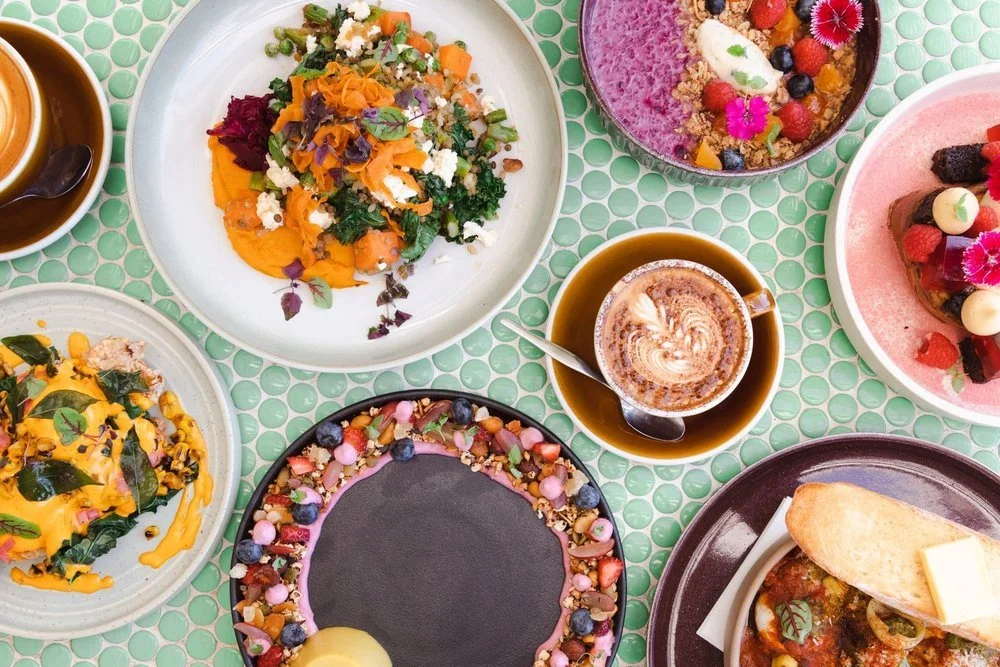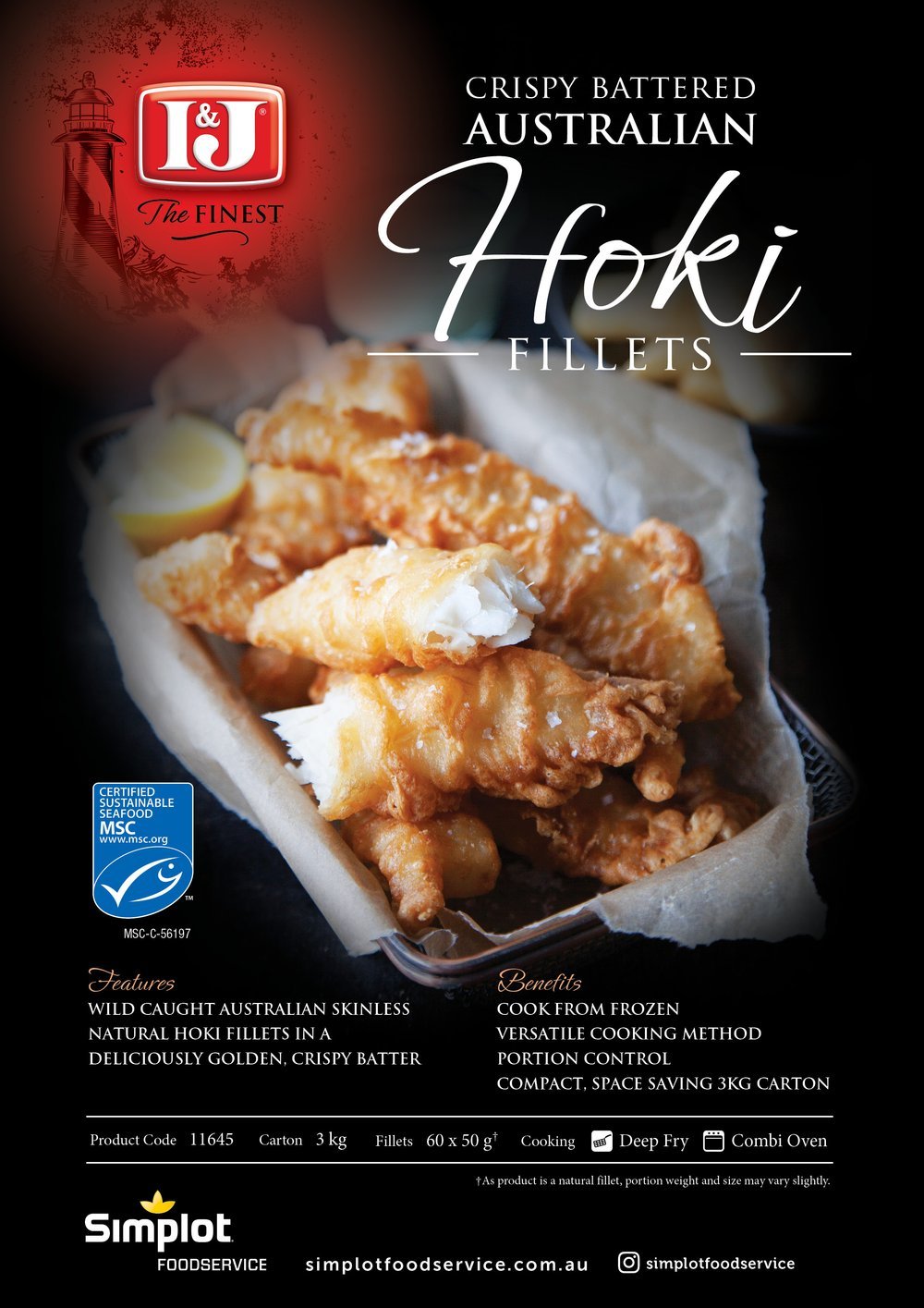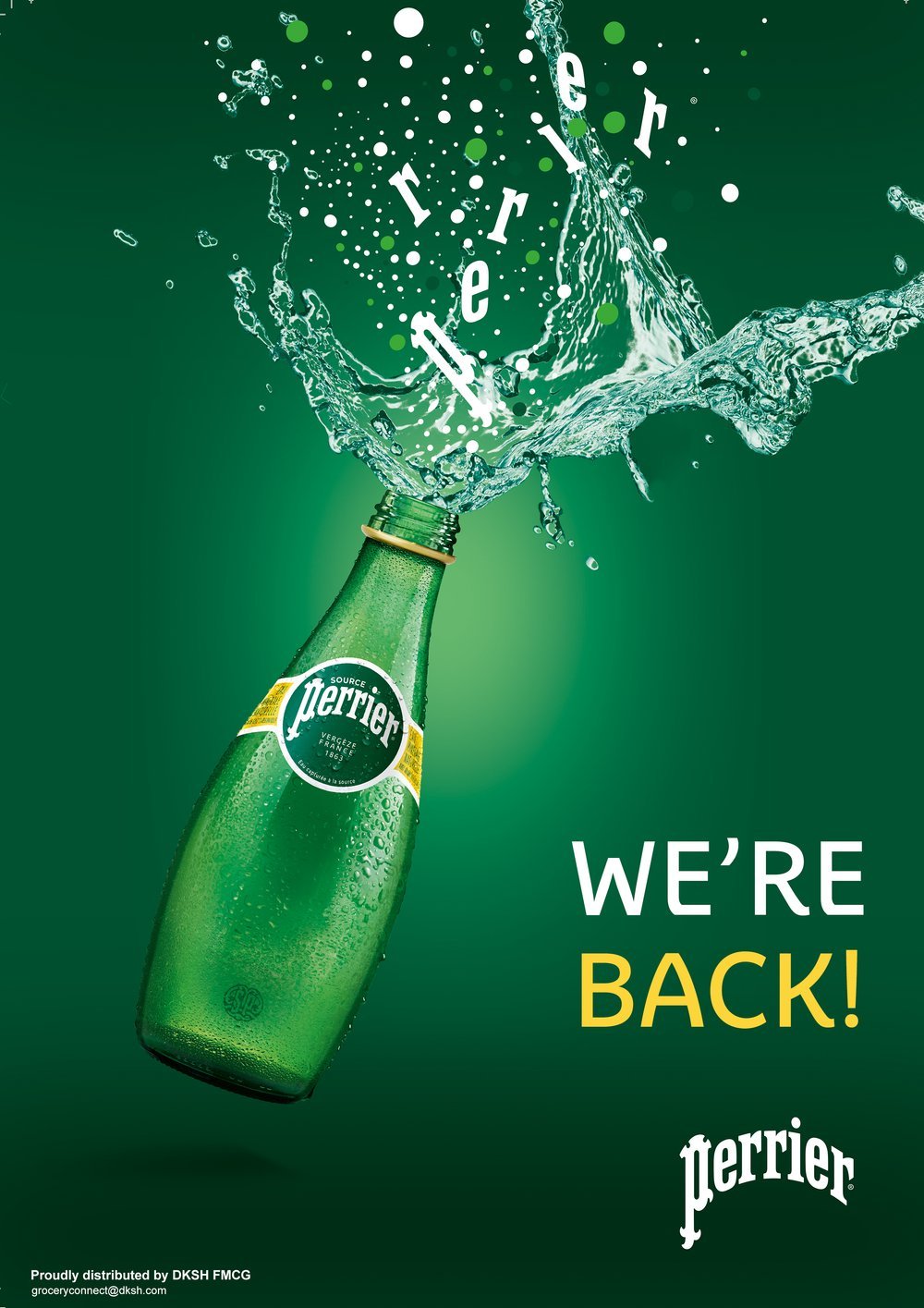Social media for restaurants: what NOT to do! INSIDE FOODSERVICE
/Social media for restaurants has become essential for reaching new customers and building loyalty. But without a smart strategy, restaurants can fall into common traps that waste resources and hurt brand image. Here’s what not to do with social media for restaurants—and how to avoid these mistakes.
The key ingredient for success in any social media marketing is customer engagement, generated by building a rapport with your audience. And with more than 75 per cent of Australians currently engaged in some form of social media – the majority via handheld devices such as mobiles and tablets – it’s an important way of building brand awareness and encouraging product trial.
Jacob Ritchie
Two Birds SOCIAL
To find out more about the right approach to social media, we spoke to Jacob Ritchie, Director and founder of Two Birds Social, a Brisbane and Gold Coast-based social media agency which has been in business for the past eight years and counts among its clients some major players in the hospitality market, including the Marriott, Sheraton and Westin hotel chains, Broadbeach’s Gemelli Italian restaurant, Currumbin’s Balter Brewery and Tasmania’s Frogmore Creek Winery to name just a few.
“The number one mistake we see is businesses using their social media as a ‘mini-billboard’”
— Jacob Ritchie
“Hospitality clients make up around 70 per cent of our business,” Jacob confirms. “On our initial contact with a new client we’ll run through their brand guidelines, tone of voice, aesthetic, colour palette just as any brand designer would do. Then we talk about who they want their social media communication to speak to, how they’re going to speak to them, what kind of content to create, what kind of music to put behind it – making sure the textures, colours and backdrops are consistent with the brand.”
If this is sounding a tad technical – let’s suppose your business doesn’t have brand guidelines written down, and you’ve never thought about your image in terms of a colour palette – then it’s time to take a simpler approach: the focus is about making sure that the look of your food venue, your business colours and signage, your ‘bricks and mortar’ establishment is consistently represented in your social media postings, as it would be on your website and in your brand identity (business logo, store frontage etc) itself.
CREDIT: TWO BIRDS SOCIAL
With this as a starting point, the next step is to set about generating content. And it’s here that mistakes are often made, Jacob says.
Avoid devaluing your restaurant brand
“The number one mistake we see is businesses using their social media as a ‘mini-billboard’. Instead of engaging an audience and building excitement, they just start using it as a sales page – with a bunch of graphics using different fonts, different colours, all focused on communicating the next special deal or offer. And that completely devalues their brand. This is the mindset of thinking ‘I used to put a poster on the window, so I just need to do the same thing but post it online.’
“Text or captions are a big part of social media and this is where your tone of voice comes across”
— Jacob Ritchie
“We see it all the time, even with some big companies, major hotels – everyone loves to use social media to promote their latest deal. You don’t want to be constantly inviting people in to your establishment – yet we’re always seeing, ‘Come on in, we’ll see you soon.’”
Another mistake is to cut and paste copy and run it en masse. “Text or captions are a big part of social media and this is where your tone of voice comes across – unfortunately people sometimes aren’t thinking about that.
“My advice is to try to avoid cliches and don’t make everything a call to action. ‘We’ve got this deal, this is the pricepoint’ … it’s called social media for a reason, it’s supposed to be engaging, communicative and social. So make sure you’re using an appropriate tone of voice – you’re talking to your audience as if they’re your friend, as you would if you were socialising with them.
“Think about how you would talk to a 25 year old customer who’s just come in to buy a coffee or a juice. Then translate that approach into text.”
Mistake number three is the using of substandard visual content – specifically, the use of blurry or pixelated (blown up too large) images. “People think ‘I don’t have the budget to hire a photographer, so I’ll just use my phone to take photos’. There are phones out there with good cameras, but people still seem to be using blurry photos and rather than going for clean, straight lines for some reason they always seem to take them on a 45 degree angle.
“People think ‘I don’t have the budget to hire a photographer, so I’ll just use my phone to take photos’”
“Another common mistake is to shoot landscape when your imagery is destined for an Instagram story, which is always presented in portrait format. You need to shoot in the correct aspect ratio for the application. Many times we’ve had restaurant managers come out while we’re doing a shoot and they’re shooting additional footage to put up as a ‘behind the scenes’ Instagram story, but they’re shooting in landscape and we’ve had to correct them on that.”
Choose the right social media influencers for your restaurant
Influencers have become a major part of the social media landscape in recent years and are a major component of what social media companies call UGC – user generated content. “That is a massive part of the strategy we implement for a lot of clients,” Jacob confirms. “The main thing is making sure that whoever you approach as an influencer has followers in the target demographic you’re going for. It’s not just about how many ticks they have after their name or how many followers – it’s how many of their followers will care about your message. If you’re running a fine dining restaurant, there are certain items you wouldn’t put on the menu, and the same goes for influencers – you need to make sure the ones you choose are the right fit for your restaurant or food outlet.
“Don’t make your photos too busy, and don’t frame or crop them too tight”
“I always explain this to clients by comparing their social media with their bricks and mortar business – you’ve spent all this money on this space, you’ve made the effort to get the ambience right, you’ve paid for the fitout and the furnishings and the staff; why do all that and then poorly represent yourself on social, after spending all that money? Especially when you know a lot of people are likely to come across you on this medium.”
A key element in building up content for your Instagram account is choosing an appropriate colour palette and curating your display grid so that the images when displayed together seem complementary rather than clashing. Jacob adds some further tips: “Don’t make your photos too busy, and don’t frame or crop them too tight – leave some negative space in the image, that way your feed won’t look too busy. A lot of the time with restaurants, you’re heroing an individual dish, and it’s always nice to leave plenty of negative space around that. As a general rule, keep your colour palette consistent – don’t start throwing in other random boisterous colours so you start looking like Christmas wrapping!”
Jacob concludes by offering some final sage advice: “Don’t overwhelm the audience. You don’t need to post as much as you used to – we’re trying to educate people regarding not posting too much on social media. If you make 10 posts a day on Instagram Stories, people will start muting you!
“That said, your biggest following will come through that content, so make it lighthearted and fun – and make sure it doesn’t look like an ad. And remember people love people, that’s what generates the most engagement and response. All those behind the scenes stories – a piece to camera of the chef in the kitchen, telling how he’s refreshing the menu at the start of a new season – that stuff always blows up. It’s the honesty and sincerity of it that appeals, and that’s important to remember.”






